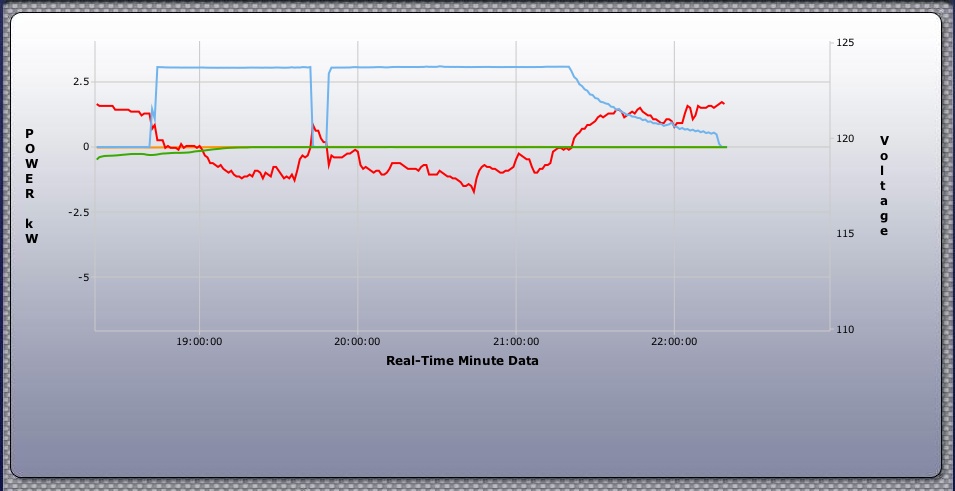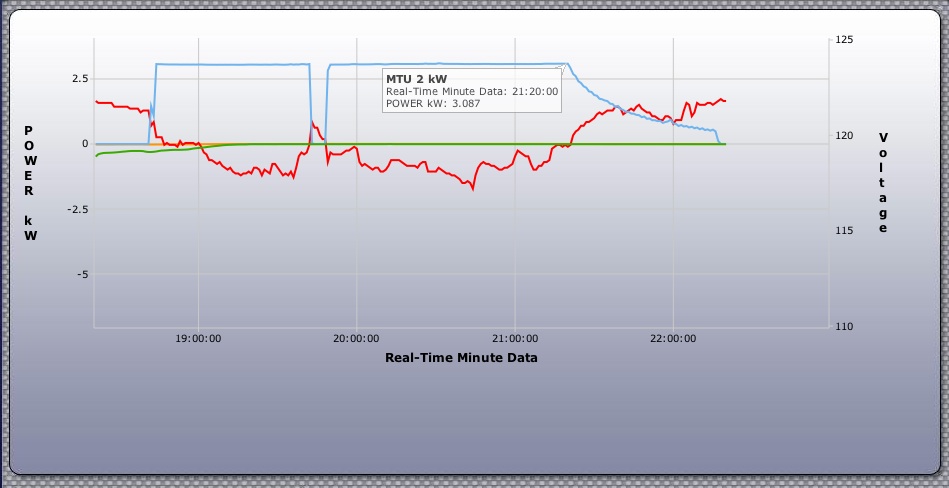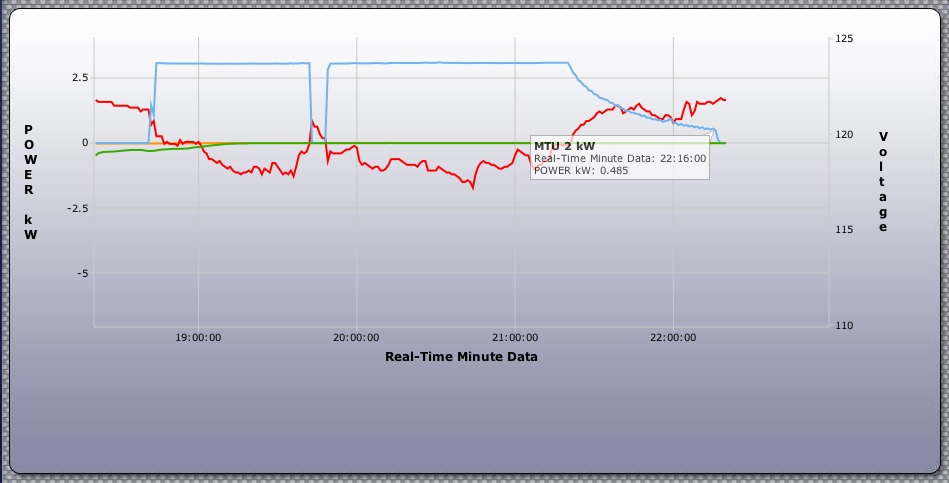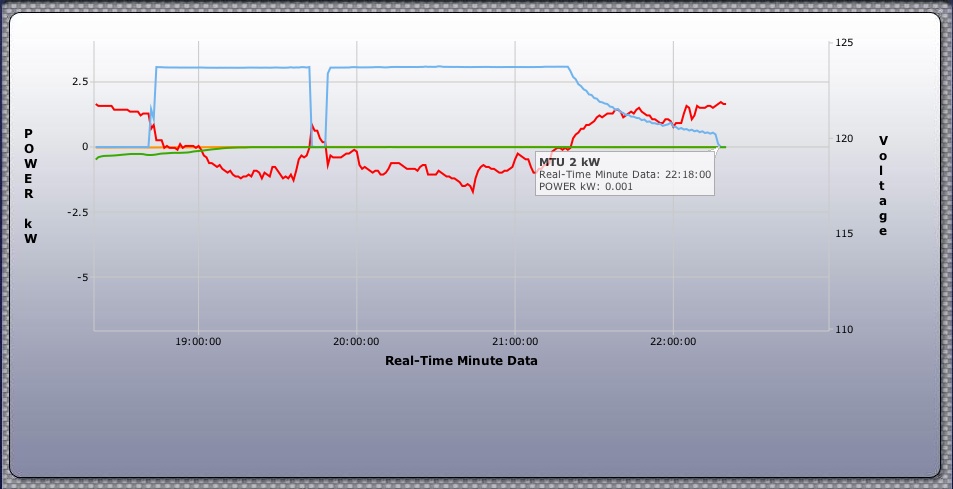As the owner of a number of EVs I've long ago come to grips with a conservative number for the miles I can drive without recharging. Just as a prudent ICE driver doesn't get down to empty, neither do we, and the term "range anxiety" (promulgated by GM http://www.wired.com/autopia/2010/08/gm-wants-to-trademark-range-anxiety/) is simply not in our vocabulary. We do, however, have a significant advantage over the ICE driver: we have a fueling station at home and can start off every day on a full tank... it's the ICE driver late to work and running low on gas that has the range anxiety!
Which brings me to the metrics of the iMiEV.
If we go with the EPA number for range of 62 miles and seeing that our fuel gauge has sixteen bars, we can say that roughly we can travel 4 miles/bar.
Our significant metric, while on the road, is how far we can go for the amount of time we plug into a socket.
Using Mitsubishi's advertized 7 hours for a full recharge and the EPA's 62 miles we get about 9 miles/hourcharging, or a little over two bars/hour using a Level 2 EVSE.
Sanity check for that 7-hour number: using our 240v 3.3KW charger to charge our 16kWhr battery, assuming 80% efficiency and ignoring Peukert and decreasing power draw as the batteries top up, that's about 6 hours to recharge, giving us closer to 10 miles/hourcharging... so the 7 hour recharge time is about right.
I still can't believe Mitsubishi derated their 120v EVSE to allow only 8A draw. Using Mitsubishi's figure of 22 hours means only about 2.8 miles/hourcharging using 120vac. Boy, someone sure wants us to buy a Level 2 EVSE! Incidentally, I'm still using 120vac for my EVs.
I just bought an SPX J1772 EVSE which covers 95vac-264vac, allows the selection of either 12A-16A current draw, and will thus allow me to tailor to whatever's available when on the road... there are many 120vac 20A outlets in commercial buildings, so cranking the EVSE up to 16A at 120vac will give about 5.6 miles/hour recharging ... not bad if you're a commuter and can plug in at work into 120vac without having to rely on 240v or a J1772 station. Still need to validate that the iMiEV's charger will accept 12A or 16A at 120vac.
Hypermiling I would think we should be able to easily increase the range by at least 20% above that 62-mile figure. Time will tell...
Curious how the miles-to-go anxiety meter is working out for you new iMiEV owners and how it correlates to the fuel bars and your own experience?
Now, has any iMiEV owner measured their EVSE input energy and come up with a grid-to-wheels number for either Whr/mile or miles/KWhr?
Which brings me to the metrics of the iMiEV.
If we go with the EPA number for range of 62 miles and seeing that our fuel gauge has sixteen bars, we can say that roughly we can travel 4 miles/bar.
Our significant metric, while on the road, is how far we can go for the amount of time we plug into a socket.
Using Mitsubishi's advertized 7 hours for a full recharge and the EPA's 62 miles we get about 9 miles/hourcharging, or a little over two bars/hour using a Level 2 EVSE.
Sanity check for that 7-hour number: using our 240v 3.3KW charger to charge our 16kWhr battery, assuming 80% efficiency and ignoring Peukert and decreasing power draw as the batteries top up, that's about 6 hours to recharge, giving us closer to 10 miles/hourcharging... so the 7 hour recharge time is about right.
I still can't believe Mitsubishi derated their 120v EVSE to allow only 8A draw. Using Mitsubishi's figure of 22 hours means only about 2.8 miles/hourcharging using 120vac. Boy, someone sure wants us to buy a Level 2 EVSE! Incidentally, I'm still using 120vac for my EVs.
I just bought an SPX J1772 EVSE which covers 95vac-264vac, allows the selection of either 12A-16A current draw, and will thus allow me to tailor to whatever's available when on the road... there are many 120vac 20A outlets in commercial buildings, so cranking the EVSE up to 16A at 120vac will give about 5.6 miles/hour recharging ... not bad if you're a commuter and can plug in at work into 120vac without having to rely on 240v or a J1772 station. Still need to validate that the iMiEV's charger will accept 12A or 16A at 120vac.
Hypermiling I would think we should be able to easily increase the range by at least 20% above that 62-mile figure. Time will tell...
Curious how the miles-to-go anxiety meter is working out for you new iMiEV owners and how it correlates to the fuel bars and your own experience?
Now, has any iMiEV owner measured their EVSE input energy and come up with a grid-to-wheels number for either Whr/mile or miles/KWhr?




